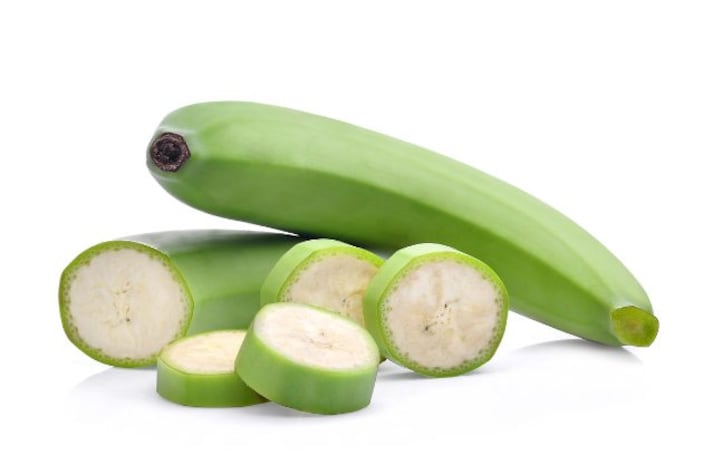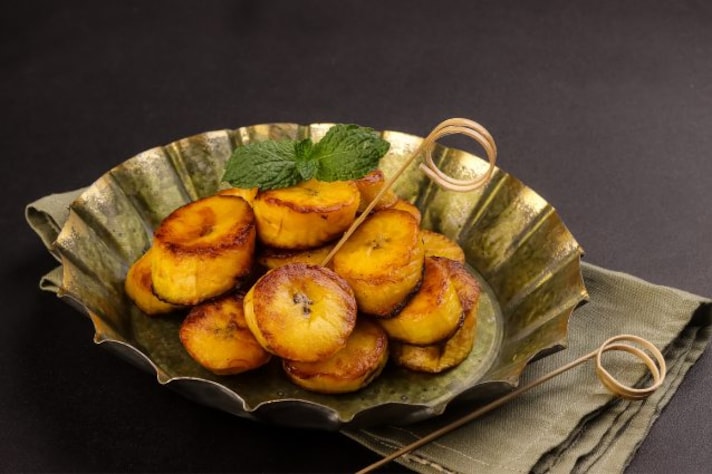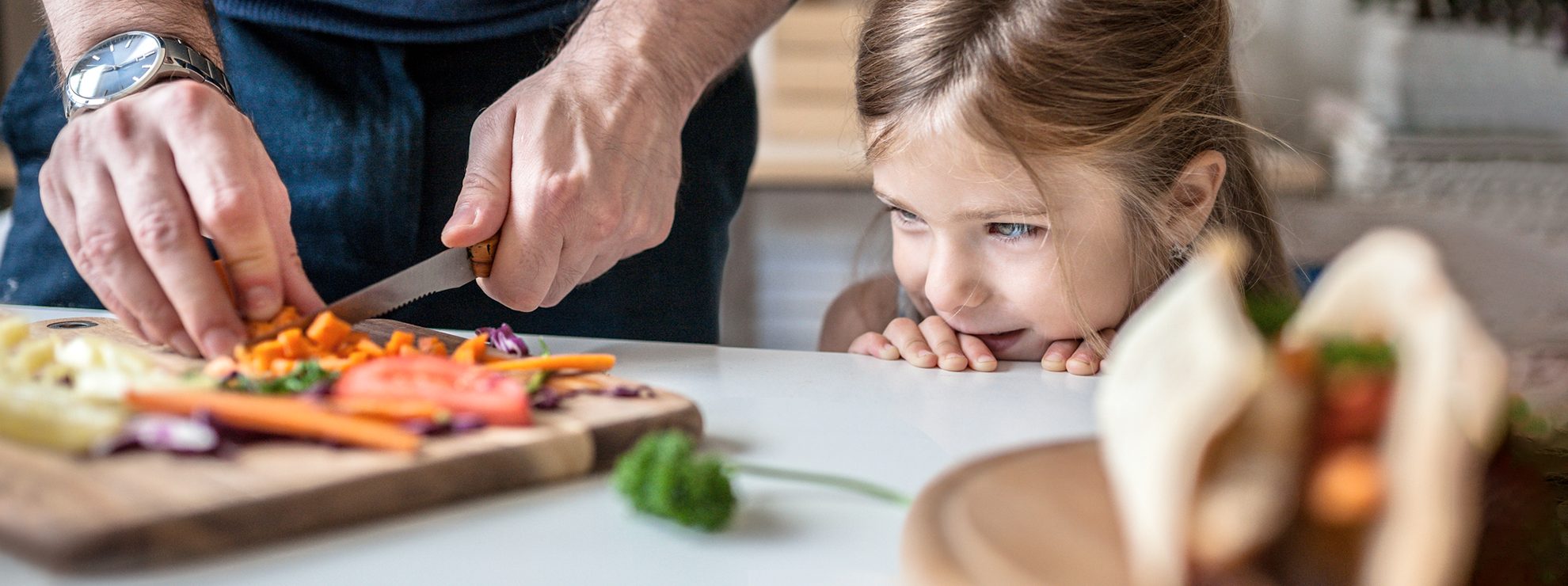
Plantains are finally getting their well-deserved spotlight in grocery stores, often stacked right next to their more familiar cousin, the banana. At first glance, they look similar: long, yellow, and perfect for tossing into your cart. You might be tempted to peel and eat one as a quick snack. But hold your horses—plantains aren’t bananas, and eating them raw might leave you with more than just a puzzled palate.
Why Raw Plantains Are a No-Go

Let’s get one thing straight: raw plantains won’t hurt you. They're technically safe to eat. But here’s the thing—just because you can eat them raw doesn’t mean you should. Unlike bananas, plantains are starchier and have a firm, slightly tough texture. Their taste is far from the sweet, creamy flavor you’d expect from a banana. Instead, biting into a raw plantain feels like chewing on a potato with a hint of bitterness. It’s not the most pleasant experience for your taste buds, and honestly, it’s like eating a snack that forgot how to be fun.
Plantains are loaded with starch, and when they're raw, this starch is hard for our bodies to digest effectively. Cooking transforms the starch into a more digestible form, unlocking the plantain's full potential. So while you won’t be doing yourself any physical harm by snacking on raw plantains, you’ll be missing out on all the flavor and texture that cooking brings.
Why Cooking Brings Out the Best in Plantains
Now, plantains are all about transformation. Once cooked, these starchy fruits turn into deliciously tender bites that can be sweet or savory, depending on how you prepare them. You can boil, fry, bake, or grill them, and with each method, the natural sugars caramelize, giving plantains their rich, comforting taste. Green plantains are often savory and perfect for dishes like tostones (double-fried plantain slices), while yellow or overripe ones are sweeter and can be used for desserts or snacks like maduros (sweet fried plantains).

Plantains are versatile, and cooking them opens the door to all sorts of delicious possibilities. They can be crispy, soft, sweet, or salty—whatever you fancy. They’re a staple in many Caribbean, African, and Latin American cuisines for a reason: cooking makes them shine!
How to Enjoy Plantains at Their Best
If you're ready to get the most out of your plantains, cooking them is the way to go. For a savory option, try slicing green plantains, frying them, and mashing them into crispy tostones—perfect for dipping into garlic sauce. If you prefer a sweeter bite, let those plantains ripen until the skin turns black (yes, black!) and fry them up for delicious maduros. They’ll come out caramelized, sticky, and oh-so-satisfying.
Baked plantains are also a healthier way to enjoy them—simply slice, season, and pop them in the oven until golden brown. Or, try them in stews, mashed like potatoes, or even as chips for a crunchy snack. The possibilities are endless, and each bite will make you wonder why you ever thought about eating them raw in the first place!
;Resize,width=767;)
